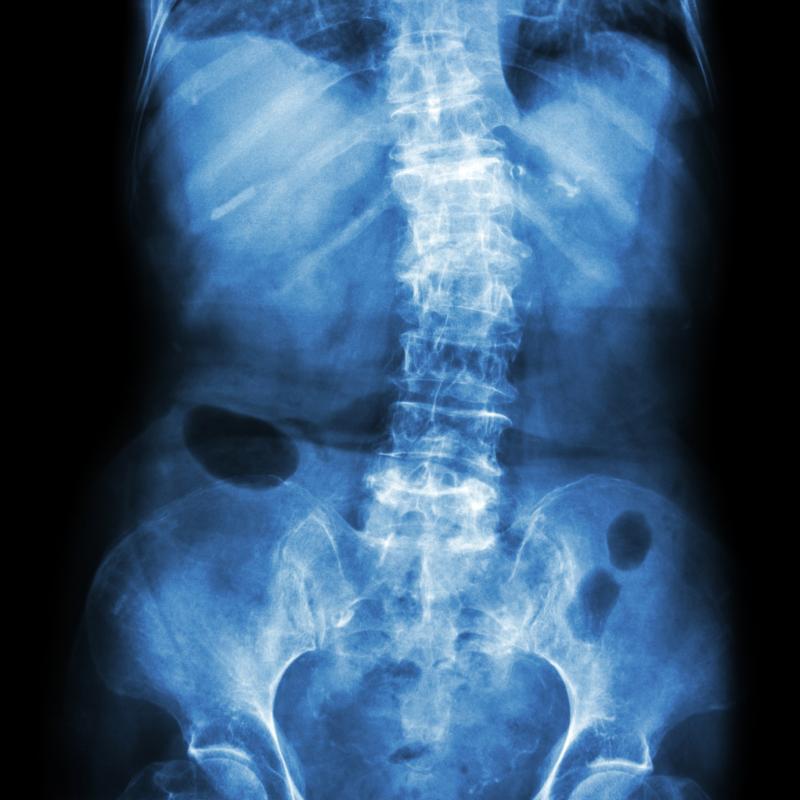
Biological signals involved in monocyte recruitment, monocyte/macrophage lineage development, osteoclast formation, and osteoclast differentiation may work together in peripheral blood monocytes (PBMs) that contribute to the pathogenesis of postmenopausal osteoporosis, reveals a study.
The investigators sought to identify postmenopausal osteoporosis-related genes by conducting transcriptome-wide expression analyses for human PBMs using Affymetrix 1.0 ST arrays in 40 Caucasian postmenopausal women with discordant bone mineral density (BMD) levels.
A multiscale embedded gene coexpression network analysis was carried out to examine functionally orchestrating clusters of differentially expressed genes in the form of functional networks. The investigators applied gene sets net correlations analysis (GSNCA) to assess how the coexpression structure of a predefined gene set differed in high and low BMD groups.
Bayesian network (BN) analysis was used to identify important regulation patterns between potential risk genes for osteoporosis. Findings from BN analysis were validated through a small interfering ribonucleic acid (siRNA)-based gene silencing in vitro experiment.
Multiscale embedded gene coexpression network analysis revealed significantly enriched “T cell receptor signaling pathway” and “osteoclast differentiation pathway” in the identified compact network, which significantly correlated with BMD variation.
On GSNCA, the coexpression structure of the “Signaling by TGF-beta receptor complex pathway” was significantly different between the two BMD discordant groups. The hub genes in the postmenopausal low and high BMD groups were FURIN and SMAD3, respectively.
Of note, the regulation relationship of TGFBR2–SMAD7 and TGFBR1–SMURF2 was confirmed with siRNA in vitro experiments.
“Menopause is a crucial physiological transition during a woman’s life, and it occurs with growing risks of health issues like osteoporosis,” the investigators said.